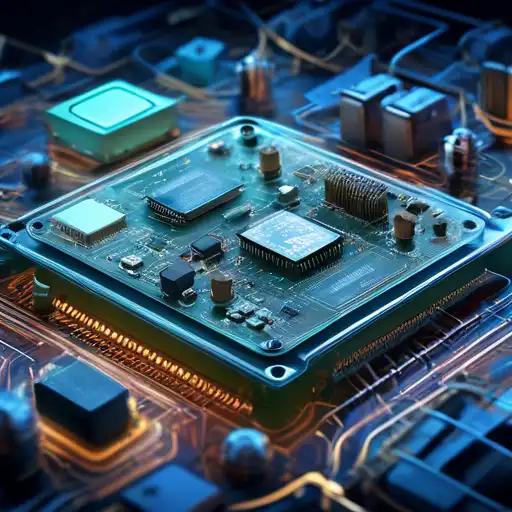The Hidden Heroes: How Embedded Systems Power Our Smart Devices
In the digital age, smart devices have become an integral part of our daily lives. From smartphones to smart refrigerators, these devices make our lives easier, more efficient, and more connected. But have you ever wondered what powers these smart devices? The answer lies in embedded systems, the unsung heroes behind the scenes.
What Are Embedded Systems?
Embedded systems are specialized computing systems that perform dedicated functions within larger mechanical or electrical systems. Unlike general-purpose computers, which are designed to handle a wide range of tasks, embedded systems are tailored to specific tasks, making them highly efficient and reliable.
The Role of Embedded Systems in Smart Devices
Smart devices rely on embedded systems to perform their functions seamlessly. For example, your smartphone uses an embedded system to manage its touchscreen, process calls, and run applications. Similarly, smart home devices like thermostats and security cameras use embedded systems to monitor and control their environments.
Why Embedded Systems Are Essential for IoT
The Internet of Things (IoT) is a network of interconnected devices that communicate and share data. Embedded systems are the backbone of IoT, enabling devices to collect, process, and transmit data efficiently. Without embedded systems, the IoT ecosystem would not be possible.
Key Features of Embedded Systems
- Real-time operation: Many embedded systems are designed to respond to inputs in real-time, making them ideal for applications like automotive safety systems and medical devices.
- Low power consumption: Embedded systems are optimized for energy efficiency, which is crucial for battery-powered devices like wearables.
- Compact size: These systems are often small and lightweight, allowing them to be integrated into a wide range of devices.
- High reliability: Embedded systems are built to perform their tasks consistently and without failure, ensuring the reliability of the devices they power.
Future Trends in Embedded Systems
As technology continues to evolve, embedded systems are becoming more advanced. Future trends include the integration of artificial intelligence (AI) and machine learning (ML) to enable smarter, more autonomous devices. Additionally, the rise of 5G technology will enhance the connectivity and performance of embedded systems in IoT devices.
Conclusion
Embedded systems are the brains behind smart devices, enabling them to perform their functions efficiently and reliably. As technology advances, these systems will continue to play a crucial role in shaping the future of smart devices and the IoT ecosystem. Whether it's your smartphone, smart home device, or even your car, embedded systems are working behind the scenes to make your life easier and more connected.
For more insights into the world of technology, check out our technology section.
